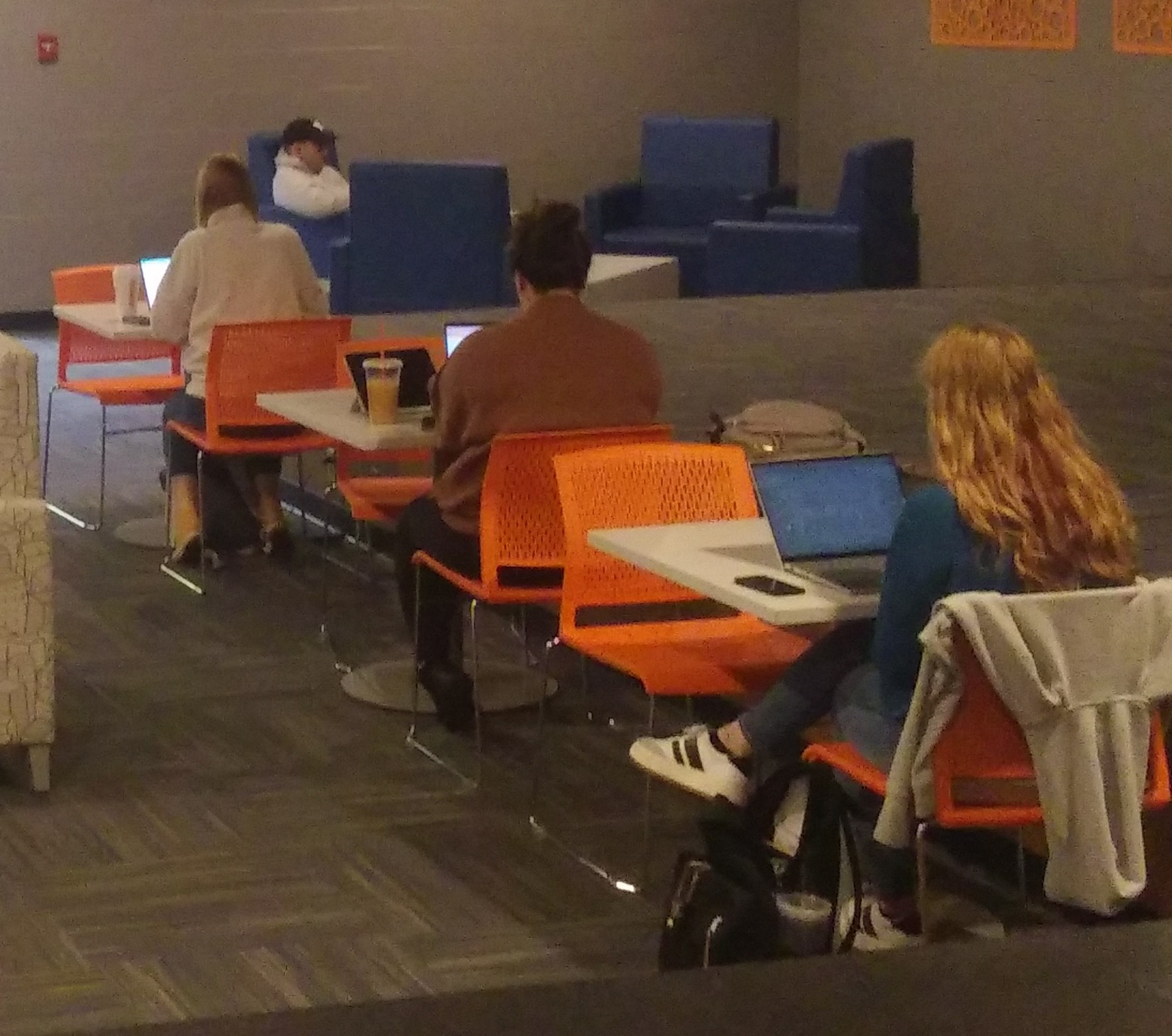By Nicholas Bianco and Tala Alsharif / Jambar Contributors
Artificial intelligence allows machines to perform human-like tasks. AI mimics the cognitive functions of human minds, such as learning and problem-solving.
AI’s influence has spread around the world over the past few years, especially in academics.
Youngstown State University aims to align the potential of AI with its mission to inspire, enhance and enrich the educational journey of students.
Communications professor Thomas Flynn said AI is impacting how professors teach courses.
“I’m only [at the] tip of the iceberg in terms of how to use it,” Flynn said.
Flynn said some faculty members suggested that AI should be banned from campus. However, he believes that’s unrealistic.
“Degree programs [have to be] preparing students for the jobs they’re going to be going into, which means we have to actively incorporate AI as it relates to the jobs people will be doing,” Flynn said.
Marketing senior lecturer John Rossi said a small percentage of students use AI for classwork because of a fear of academic dishonesty.
“Those academic issues put some obstacles in front of a lot of students, even experimenting or trying it,” Rossi said.
According to Rossi, he tries to implement AI tools in his classes through exercises that show students how it works, along with guidance to avoid plagiarism.
Rossi said students should be using AI quickly, prolifically and should feel comfortable doing so.
“Most of the ethical issues, with regard to academic integrity and such, are probably going to be dealt with pretty quickly,” Rossi said “That will make them feel more comfortable with structure, so they don’t fear it.”
Prompt engineering is a process of structuring an instruction to be interpreted and understood by a generative AI model. Rossi said he uses prompt engineering in his classes as a training mechanism for students using AI.
“Give it the task that you want to address, give it the voice, the tone and response you’re looking for,” Rossi said. “You get accurate results or results that meet your expectations, particularly if you’re using it as a tool.”
Rossi said he teaches his students the responsibilities in using AI tools.
“One of the best things to do is provide them with the digital literacy, the lesson plan and then explain what the requirements for academic honesty, integrity, ethics and plagiarism are,” Rossi said.
Flynn said he uses Otter.ai, which records and transcribes audio, in a course where students conduct interviews.
“The very quick transcription of those interviews was fantastic,” Flynn said. “[Otter.ai] is the primary thing that I use right now in terms of the work I do.”
Rossi said AI is a new tool that students and faculty will eventually be familiar with using.
“We started with computers, we had to get familiar with them. It scared us for a while, we had the internet and that scared us for a while,” Rossi said. “We have a new tool and we’re going have to get over our fears, figure out what the obstacles are, mitigate those and adopting that either as a tool or assistant.”
